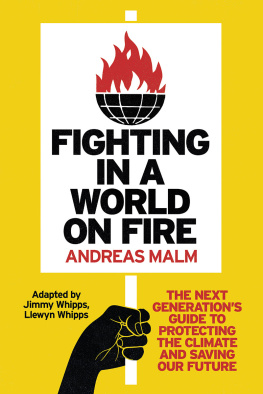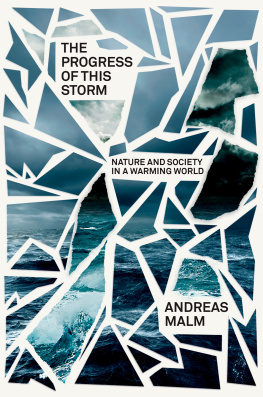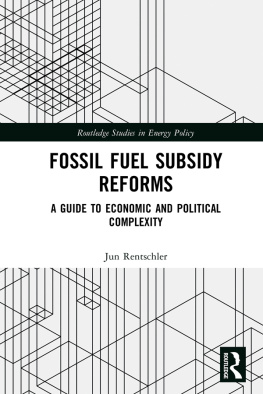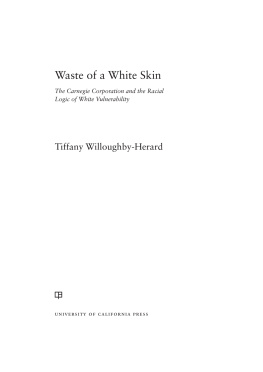Contents
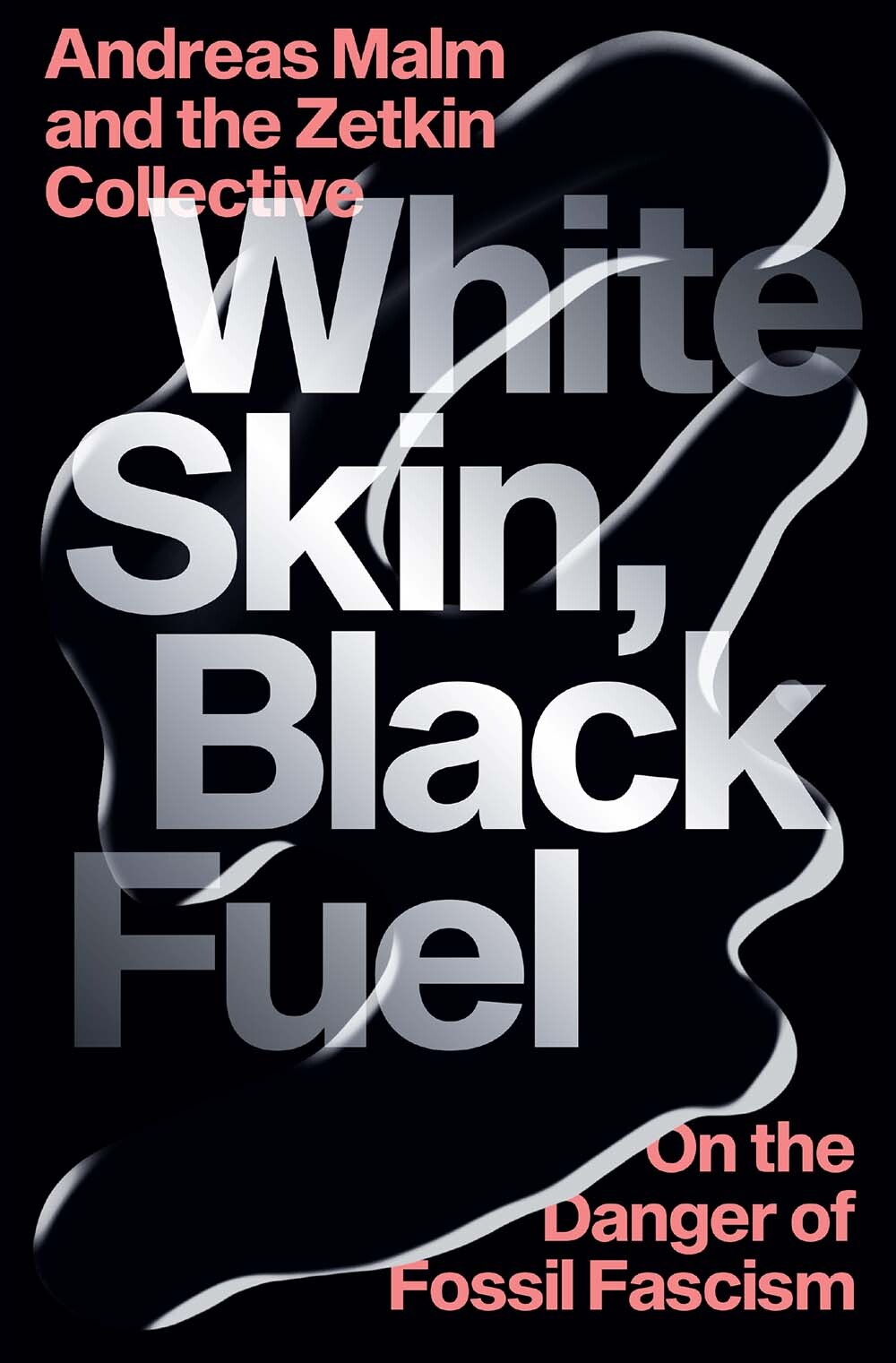
White Skin, Black Fuel
The Zetkin Collective is a group of scholars, activists and students working on the political ecology of the far right. It was formed around the human ecology division at Lund University in the summer of 2018. There it organised the first international conference on Political Ecologies of the Far Right in November 2019, with some four hundred academics and activists from across the world (co-organised with CEFORCED and Action Group Hedvig). This is the first publication of the Collective. The members, who have all contributed to this book, are: Irma Allen, Anna Bartfai, Bernadette Barth, Lise Benoist, Julia Bittencourt Costa Moreira, Dounia Boukaouit, Cludia Custodio, Philipa Oliva Dige, Ilaria di Meo, George Edwards, Morten Hesselbjerg, Stle Holgersen, Claire Lagier, Line Skovlund Larsen, Andreas Malm, Sonja Pietilinen, Daria Rivin, Luzia Strasser, Laudy van den Heuvel, Meike Vedder and Anoushka Eloise Zoob Carter. Andreas Malm has coordinated the writing.
White Skin, Black Fuel
On the Danger of Fossil Fascism
Andreas Malm
and the Zetkin Collective

First published by Verso 2021
Andreas Malm, the Zetkin Collective 2021
All rights reserved
The moral rights of the authors have been asserted
1 3 5 7 9 10 8 6 4 2
Verso
UK: 6 Meard Street, London W1F 0EG
US: 20 Jay Street, Suite 1010, Brooklyn, NY 11201
versobooks.com
Verso is the imprint of New Left Books
ISBN-13: 978-1-83976-174-4
ISBN-13: 978-1-83976-176-8 (US EBK)
ISBN-13: 978-1-83976-175-1 (UK EBK)
British Library Cataloguing in Publication Data
A catalogue record for this book is available from the British Library
Library of Congress Cataloging-in-Publication Data
Names: Malm, Andreas, 1977 author. | Zetkin Collective, author.
Title: White skin, black fuel: on the danger of fossil fascism / Andreas Malm and the Zetkin Collective.
Description: London; New York: Verso, 2021. | Includes bibliographical references and index. | Summary: This is the first study of the far right's role in the climate crisis, presenting an eye-opening sweep of a novel political constellation, revealing its deep historical roots Provided by publisher.
Identifiers: LCCN 2020054666 (print) | LCCN 2020054667 (ebook) | ISBN 9781839761744 (paperback) | ISBN 9781839761768 (US ebk) | ISBN 9781839761751 (UK ebk)
Subjects: LCSH: Climatic changes Government policy Case studies. | Fossil fuels Government policy Case studies. | Right-wing extremists Case studies. | Political ecology Case studies.
Classification: LCC QC903 .M346 2021 (print) | LCC QC903 (ebook) | DDC 304.2/8 dc23
LC record available at https://lccn.loc.gov/2020054666
LC ebook record available at https://lccn.loc.gov/2020054667
Typeset in Minion by Hewer Text UK Ltd, Edinburgh
Printed and bound by CPI Group (UK) Ltd, Croydon CR0 4YY
Contents
____________
________________
And [they] have brought humanity to the edge of oblivion: because they think they are white.
James Baldwin, On Being White and Other Lies, 1984
Klimaschutz und Antifa geht Hand in Hand, das ist doch klar .
Chant at the Ende Gelnde march to block the infrastructure of the Hambach coal mine, October 2018
In 2014, the party then known as the True Finns published a cartoon featuring a black man. He is dressed only in a grass skirt, his belly protruding over the belt. His nose is pierced with an animal bone. Eyes dilated, a wide-open mouth flashing absurdly large teeth, hysterically waving his left hand, he holds in his right a wooden bowl, in which four more animal bones jump up and down. At the top of his lungs, he screams: Even though the climate has not warmed since 1997, with this computer, I predict that the climate will warm by one hundred degrees, the moon will melt and the surface of the ocean will rise at least six hundred kilometres!! By the next week!! To his right are two smaller figures, a man and a woman, white of skin. They look frightened, paralysed, cowardly as True Finns would resist the extortion. They would refuse to believe in the fable, stop the pointless bleeding of resources and stand up for their own kind of energy.
Ever since climate change became a cause of concern, it has been widely assumed that people and policymakers will deal with it rationally. If they are informed about the danger, they will mend their ways. If only they realise how hard life will be on a planet that warms by 6 or 2 or even just 1.5C, they will make an effort to emit less of the harmful gases and stake out a path towards quitting completely. If having missed the previous warnings they see the world actually starting to catch fire around them, surely they must then wake up and spring into action: this has been the premise for communication between the climate research community and the rest of society. The former passes on knowledge of how things are unfolding on earth and expects the latter to act in response, much as when a doctor gives an adult patient a diagnosis and prescribes a medication available at the nearest pharmacy. The condition is dire, but treatment guaranteed to have an effect. Ever the loyal crew of doctors, climate scientists have kept knocking on the doors of governments and delivering their messages for instance, about how severe the consequences would be of a rise in average temperatures above 1.5C, as laid out in a report from the Intergovernmental Panel on Climate Change (IPCC) in October 2018 and waiting for at least some minimally adequate reaction. The same assumption of rationality has underpinned the expectation that a shift from fossil to renewable energy will happen when the price of the latter has fallen, or that well-informed consumers will choose the least damaging commodities, or that the international community will come to an agreement, or that modern civilisation and the human enterprise will once again demonstrate their problem-solving ingenuity and press on with the improvement of life on earth.
This assumption has been taking a beating for some time. Few, however, would have thought that a 1C increase in average temperatures, an ever-rising tide of extreme weather events, an unhinging of the climate system observable to the naked eye in virtually every corner of the world would coincide with the surge of a political force that just flatly denies it all. The far right has not figured in any climate models. Variables of whiteness and race and nationalism have not been included. No IPCC scenario has counted on the possibility that deep into the early stages of global warming, just as the urgency of slashing emissions ought to be at its most overwhelming, state apparatuses in Europe and the Americas would be increasingly occupied by parties and presidents professionally clad and white of skin and eager to show the whole issue the door. In another conjuncture, the True Finns cartoon could be shrugged off as the bad joke of a good-for-nothing party on the European fringe; in the late 2010s, however, it plotted the inclinations of a far right storming into offices and chambers from Berlin to Braslia. Two trends now seemed to intersect: rapidly rising temperatures and rapid advances of the far right. There was no easily discernible end to either. Little, if anything, suggested that they would flatten or go into reverse of their own accord. So what happens when they meet?
The rise of the far right has, of course, been extensively and anxiously commented upon, but rarely as a trend rooted in a certain material base and growing into the atmosphere. In the authoritative


